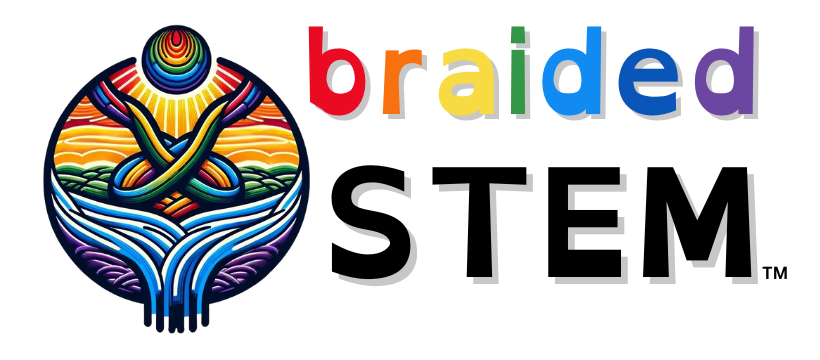Workshop Resources
Density: Salty and Sweet
Using a fresh raw egg, water, a tall glass, salt, sugar, 1/2 tsp measuring spoon, and 1 c measuring cup, children will explore whether or not a raw eggs sinks or floats in water. They will then add salt in one experiment and sugar in another to see how that impacts the egg sinking or…
Read MoreDensity: Orange Life Jacket
Using an orange, a large clear bowl, and water, children will explore whether or not an unpeeled orange will sink or float in water. They will then take the peel off the orange and test it again. Children will learn the density rule for sinking and floating.
Read MoreDensity: See Level
Using honey, light corn syrup, dish soap, vegetable oil, water, rubbing alcohol, a tall glass or clear plastic vase, small drinking glass, food baster, glass marble, a grape, paper clip, food coloring (optional), 1/4 c measuring cup, and various other small objects, children will build a six-layer density column and watch as some objects don’t…
Read MoreDensity: Will It Sink or Will It Float?
Using a couple tea light candles, clay, water, a ruler, pencil, and a clear plastic container, children will explore with things that sink and things that float. They will start to understand that weight doesn’t determine if something sinks for float and also learn the density rule for sinking and floating.
Read MoreOne Page Kite
Learning Objective Children will… • build and fly a kite using a piece of paper and other inexpensive materials. Key Question Can you make a kite from a single sheet of paper? (Lección disponible en inglés AQUÍ.) Materials Kite Template String (Baker’s Twine from Dollar Tree) Standard 1⁄4” hole punch Flexible Straw…
Read MoreAnt Wrangling – #SciencingAndEngineering with The STEMAZing Project
Teacher/Learning Coach Guide with Best Practices and Strategies for Engaging Students [Coming Soon!] Notice Phenomenon and Wonder Question Journal If you want to use this resource in Google Classroom, you can find a Google Slides version of the Notice Phenomenon and Wonder Question Journal here: Notice Phenomenon and Wonder Question Journal for Google Classroom…
Read MoreBernoulli’s Principle – #SciencingAndEngineering with @TheSTEMAZingPro
Student Video Teacher Talk Video Teacher/Learning Coach Guide with Best Practices and Strategies for Engaging Students Notice Phenomenon and Wonder Question Journal If you want to use this resource in Google Classroom, you can find a Google Slides version of the Notice Phenomenon and Wonder Question Journal here: Notice Phenomenon and Wonder Question Journal…
Read MoreREAL Primary Colors (NOT red, yellow, and blue)
If you ask a physicist, “What are the primary colors?” They would ask you, “Are you talking about light or paint?” The answer is different for light and paint but beautifully connected. The REAL primary colors of paint are NOT red, yellow, and blue – as taught in school until you reach physics – but…
Read MorePQRST Sciencing Journal V4 (recently UPDATED)
The PQRST Sciencing Journal is the A-Z (or at least P-T) template for helping your students process a phenomenon, play to learn, identify variables, design an experiment, conduct experiment to collect data, make a claim supported by evidence with scientific reasoning to explain it, and then keep thinking in questions. There are three versions of…
Read MoreMatchbox Car PQRST
This powerful lesson will not only teach students how to identify variables, design a scientific experiment, collect data, make a CER (claim, evidence, and reasoning) based on their experiment, and continue thinking in questions, it will also teach them girls can do anything! Using the inspiring story of…
Read More
